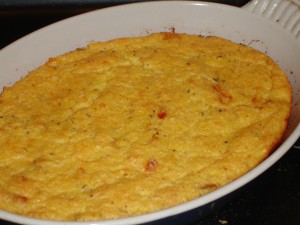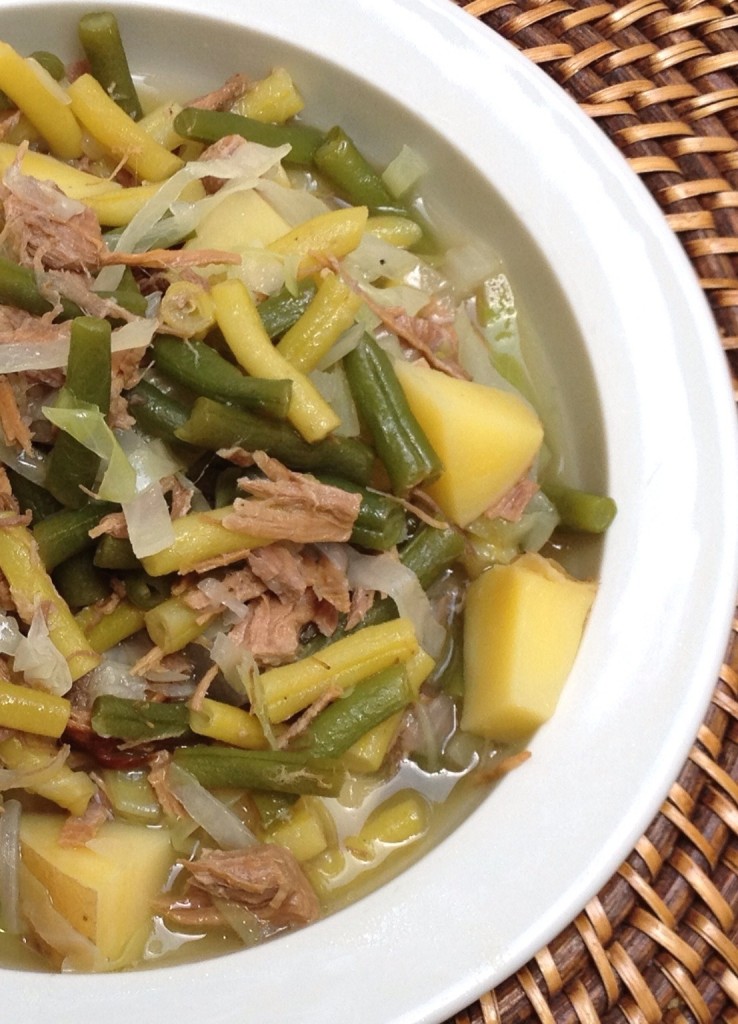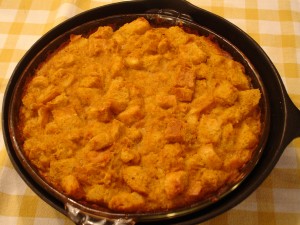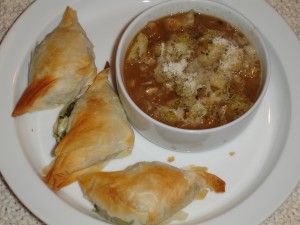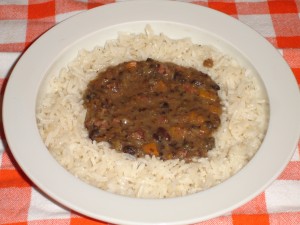Everyone is home for the holiday season. Friends and relatives are visiting daily and planning meals for this level of activity can be tedious. Managing the freezer space presents it own set of challenges and I find myself using that coolers on the porch more often. Normally I make up crackers and keep local cheeses and farm fresh eggs around so there can be some interesting conversation about food and how it’s created.
Old family recipes really play an integral part in our entertainment schedule this time of year. It’s a great way to remember loved ones that have passed or simply can’t get to your house due to the crazy weather. Granny’s pimento cheese, Grandmom’s leftover meatloaf and turkey sandwiches, Dorothy’s tarts and pecan sandies, Grandpop’s favorite fudge recipe and the crazy Walter family recipe for eggnog. And my dear Grandmother’s refusal to cook anything because she raised 13 children and was “done cookin” as she put it! These foods inspire the best conversations that keep us laughing all the way through our holiday. So keep track of those recipes this year and think about passing them along as a birthday gift or storing them with your ancestral files for others to have in the future.
In the meantime, have a wonderful 2011 and keep discovering new recipes!
Baked Cheddar Grits is one of our favorite “leftover” recipes because they are really pretty simple. I make a bunch of grits when I cook them from scratch because they do take a bit of effort and we all love them. This recipe comes from Fine Cooking Vol 97 and it’s quite adaptable to your own flavor changes.
For the base grits, I use traditional yellow stone ground grits with a mixture of 2 cups water, 2 1/2 cups milk, 1-2 tablespoon butter, 1/2 teaspoon salt, and a pinch or two of pepper. You bring this to a simmer, cover it and stir as it cooks for about 45 min-1 hour. Less time means more corn grit so it’s a personal decision as to how long you want to cook it. Sometimes I finish the base with a tiny bit of cream at the very end, if I have it. I normally cook with 1% milk which can be a bit thin in taste and the cream adds just a bit of sweetness without all of the calories. As a base, you can do a lot of things with this over the holiday for every meal and this little casserole is great for any time.
Ingredients:
- 1 batch of grits as described above
- 1 additional tablespoons butter
- 1 1/4 cups grated aged white Irish cheddar cheese
- 1 tablespoon flour
- 1/2 – 1 teaspoon fresh chopped thyme
- 1 teaspoon minced roasted garlic mashed into a paste
- 3 large eggs, separated
- 1/4 cup heavy whipping cream
Directions:
- After you have cooked the grits and they are warm. Cover and set them aside.
- Mix the grated cheese, flour, thyme, minced garlic and several grinds of pepper to the hot grits and taste to adjust the seasoning (before you add your raw egg).
- In a small bowl, mix the egg yolks with the cream and add this to the grit mixture, blending well.
- In a clean bowl, beat the egg white until they are stiff and fold these into the grits 1/3 at a time making sure not to deflate the egg whites.
- Scrape the entire mixture into a 8x8x2 glass dish and bake at 350F until puffed and lightly browned. This should take about 50-60 minutes. Serve warm.
Optional: You can also add bits of cooked bacon, ham, roasted peppers or green onions to this, but keep the pieces small so the mixture is able to rise with the egg whites. I have also used “toasted” grits but I am not fond of the popcorn flavor and additional grit texture for this recipe. You can substitute cornstarch for the flour in this recipe. Remember that cornstarch has double the holding power of flour so cut back a bit. You can make a half batch of this recipe just as well (which is what you see in the photo).

